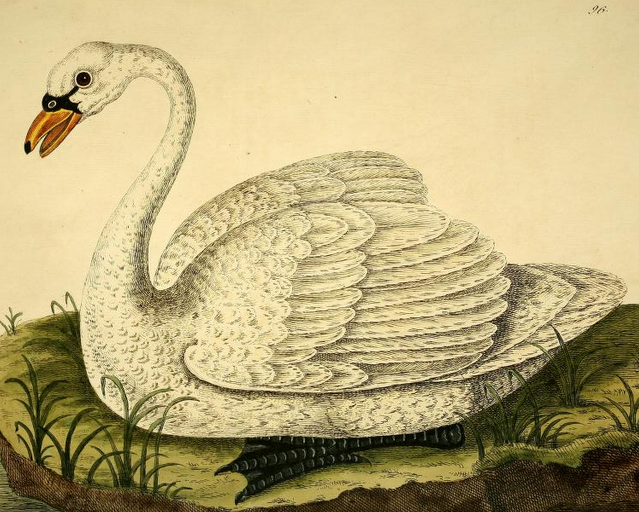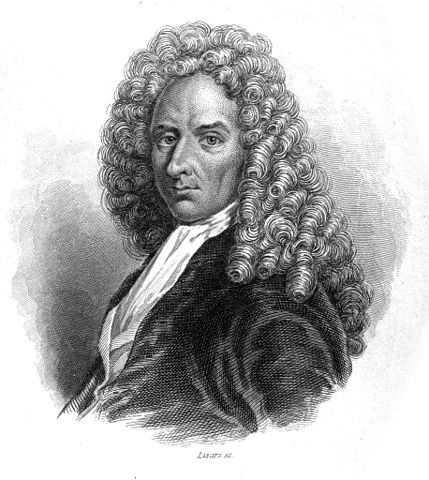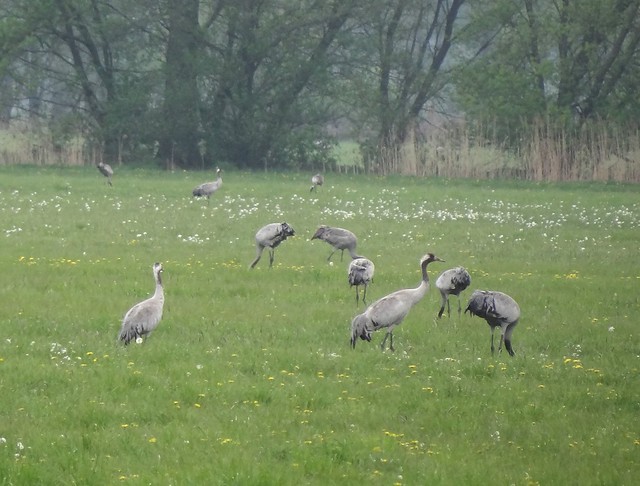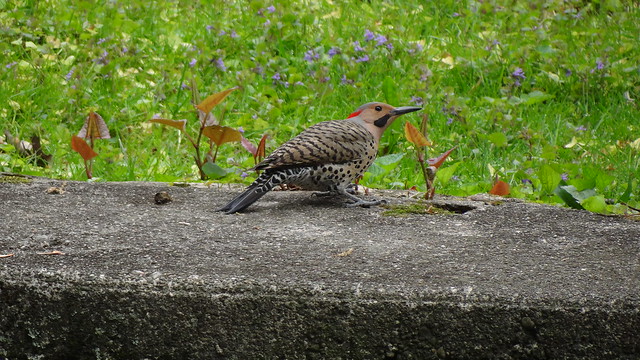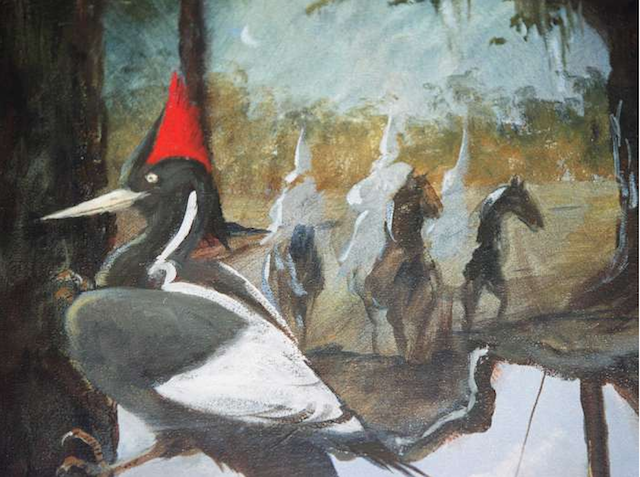
Are mute swans really silent?
No, of course not, as anyone who’s ever been hissed and grunted at in a city park can tell you. But they’re much less talkative than the other wild swans of Europe, and it is this silence, surprisingly, that seems to be behind the old idea of the swan’s dying song.
At least that’s how Antoine Mongez explained it in a lecture delivered to the Académie des Inscriptions 232 years ago today, on July 29, 1783.
Mongez’s first concern was to confirm that there were two white swan species living in Europe, not just one. In best Lumière style, the lecture began with a summary of ancient opinions on the matter, proceeded to the reports of dissections, and ended with Mongez’s own experience with living captives. The two species, he concludes, are the “tame” swan — our mute — and the “wild” swan — probably our whooper swan.
Only the latter, Mongez reports, can sing, and he has recently heard it with his own ears:
On July 13, I went to the zoo of Chantilly, where I watched the captive swans for a long time, with one of the keepers, M. l’Ecailler…. The keepers used a cleverly thought-out trick to let me hear the birds. They brought in a domestic goose and put it over the netting that surrounded the pond. Hardly had that bird touched the ground when the swans came up, proudly, one after another in single file, the male in the lead, to do battle with this new enemy. They approached the goose slowly, puffing out their necks, which gave them a sinuous motion like that of reptiles, and uttering strangled sounds. The scene was about to become bloody when the keepers grabbed the goose by the wings and removed it from the enclosure. Then the two adult swans faced each other and rose up on their legs, spread their wings, lifted their heads, and began to sing their victory over and over.
Yes, there are two species of swan, and one of them can sing. But whence this strange notion that it sings only at the moment of its death? Mongez tells us: for the authors of antiquity,
the wild swan, the singing swan, was quite rare in their countries, and so they had not seen it often. Desiring to reconcile the old tradition of the song of the swan with the silence of the mute swans that lived on their canals — individuals of the wild swan species being encountered only accidentally and very poorly studied even then — they assured us that they sang only at the moment of their death, and only in remote places, where their death was witnessed not even by other birds.
It’s a good story, not least, as Mongez points out, because it was so hard to disprove.
One would have attempted in vain to follow a dying swan into the clefts of rocks or across endless desert…. Plus, the swan lives for such a long time, they claimed, that it is very rare to actually see one die.
And why, if they were so silent for so long, should they decide to sing only in the hour of their death?
They said that the feathers of the crown would suddenly begin to grow into the skull, and the pain caused by the damage to the brain drew these melodious sounds out of the dying birds,
a natural history factlet that Mongez uses to gloss Ovid’s lines about the plucked string’s
plaintive rhythms, as when the swan sings its song, its frost-white brow transfixed by a rigid feather,
in which the word “penna” is a synecdoche for an arrow.
Mongez’s peroration that evening is inspiring even today to a certain type of reading birder:
And so, by virtue of research that has proved as pleasant as it useful, I have relocated in the writings of the Ancients almost everything that observation has taught me about the singing swan. This song of the swans … which has become proverbial can no longer be doubted: the Ancients are avenged. May my success inspire other modern Naturalists to cast the torch light of observation onto the tales of the Greeks and the Romans! One will see with astonishment that their knowledge was solid and extensive. As to me, heartened by the favorable reception with which I have been honored today, I embrace such work with zeal and dedicate myself to it.
The publications committee of the Academy — no less a trio than Daubenton, Brisson, and Vicq d’Azyr — finding that it would be of equal interest to natural historians and literary scholars, deemed Mongez’s talk worthy of being printed in the Mémoires.
I think they were right.
